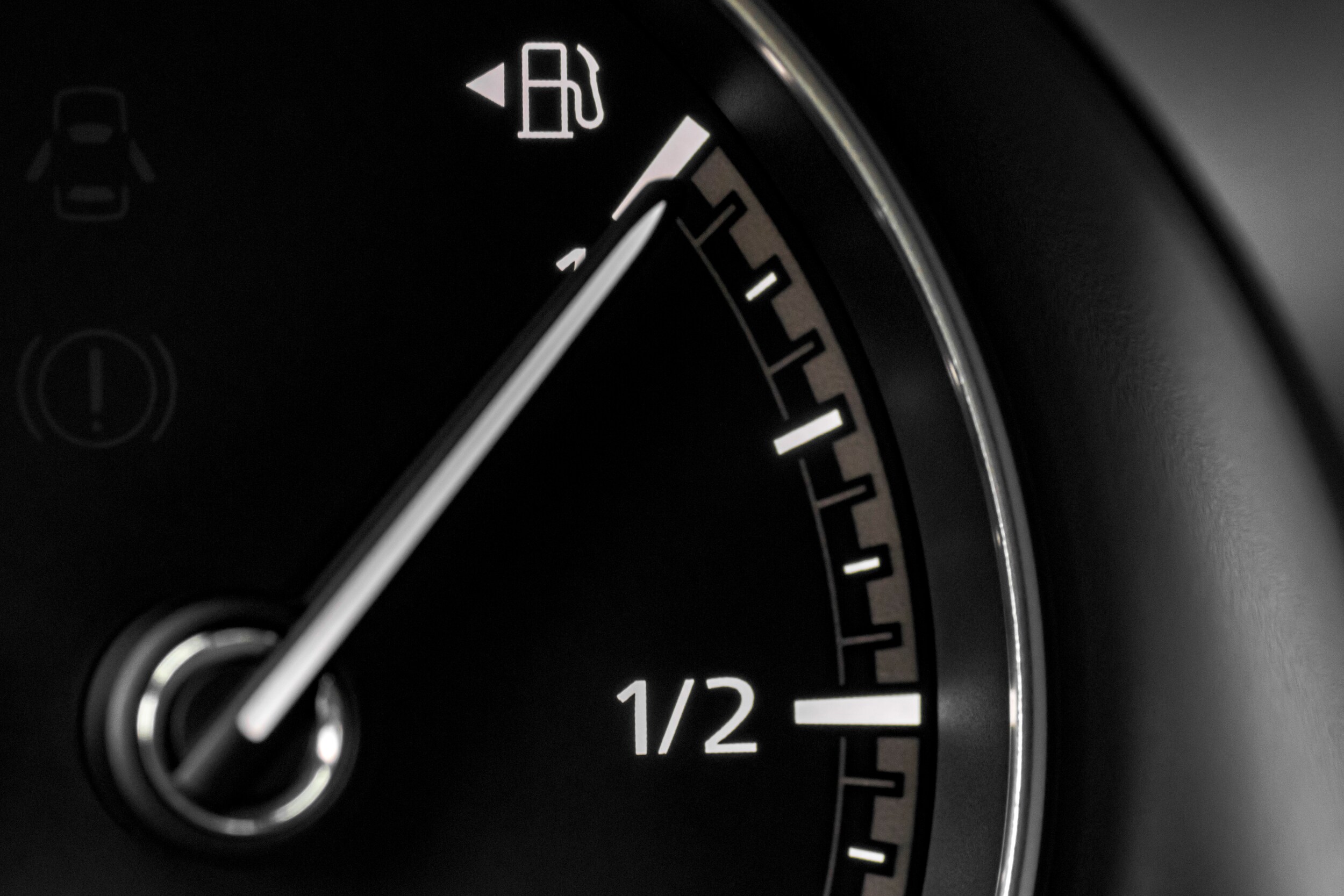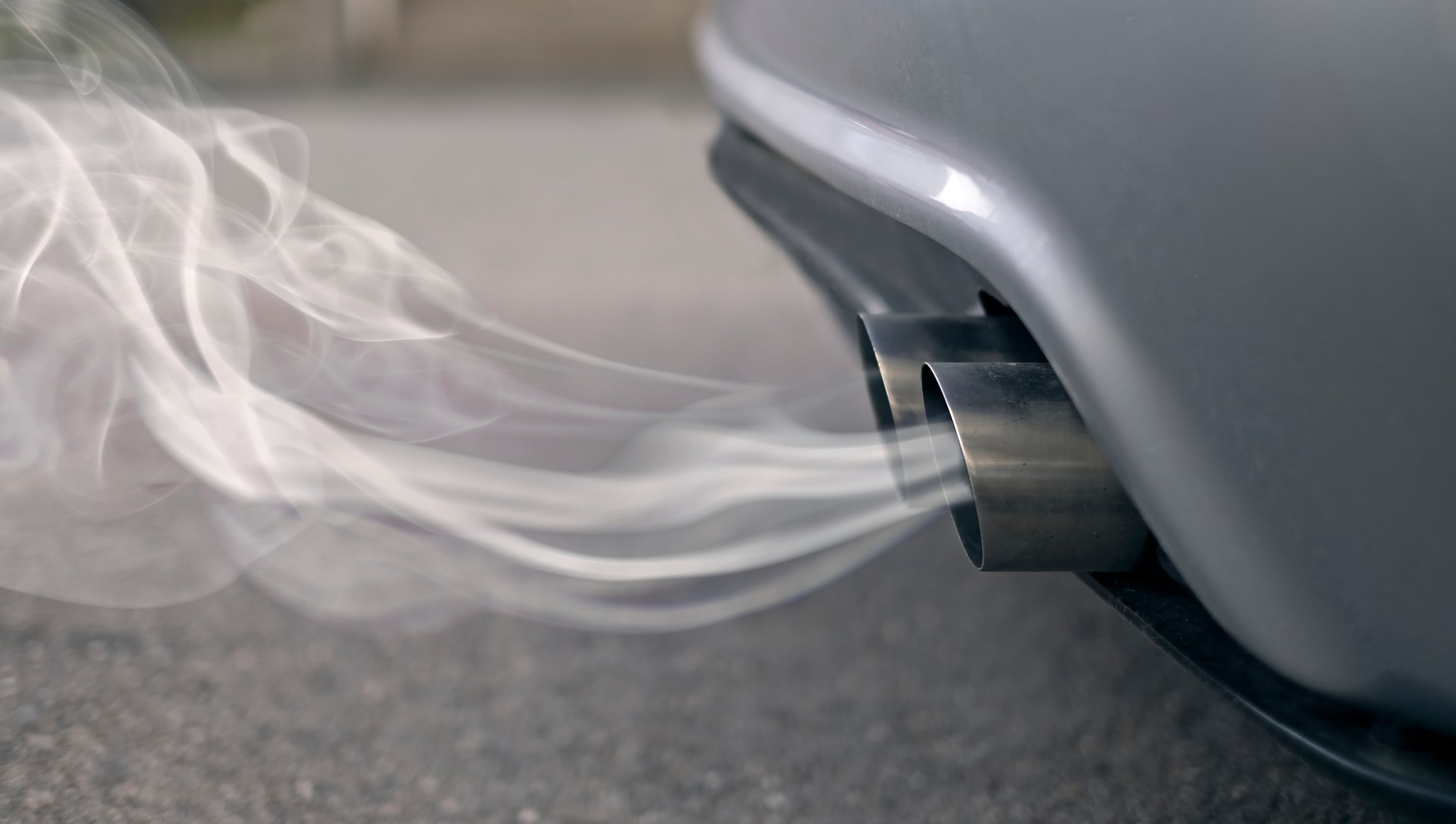In 2004, BMW, General Motors, Honda, and Toyota came together to set new standards for fuel, and using recommendations from the Worldwide Fuel Charter, established the standard known as Top Tier Detergent Gasoline. Gasoline brands get a Top Tier license when they meet certain standards including performance tests for valve and combustion chamber deposits, fuel injector fouling, and intake valve sticking.
If you use a Top Tier gasoline offered at such national service station chains as Chevron, Shell, Texaco or Exxon/Mobile, you will pay more at the pump than using "no name" brand gasoline, but you are also assured that the fuel will include additives to reduce emissions and that will help keep your engine clean. There are also lower metal compounds in Top Tier gas. However, if you are driving across the country and your only option is to stop at a station featuring a brand of gas you've never heard of, it won't hurt your car to fill up on cheap non-Top Tier gas.
Thanks to advances in engine technology, today's cars utilize onboard computers that adjust for variations in fuel so occasionally using cheap gas won't damage your engine. The difference between off-brand and Top Tier gas comes down to the degree of additives that afford more protection for your engine. Top Tier fuel provides more additives than are required by the EPA, that's why they cost more. You get what you pay for.




